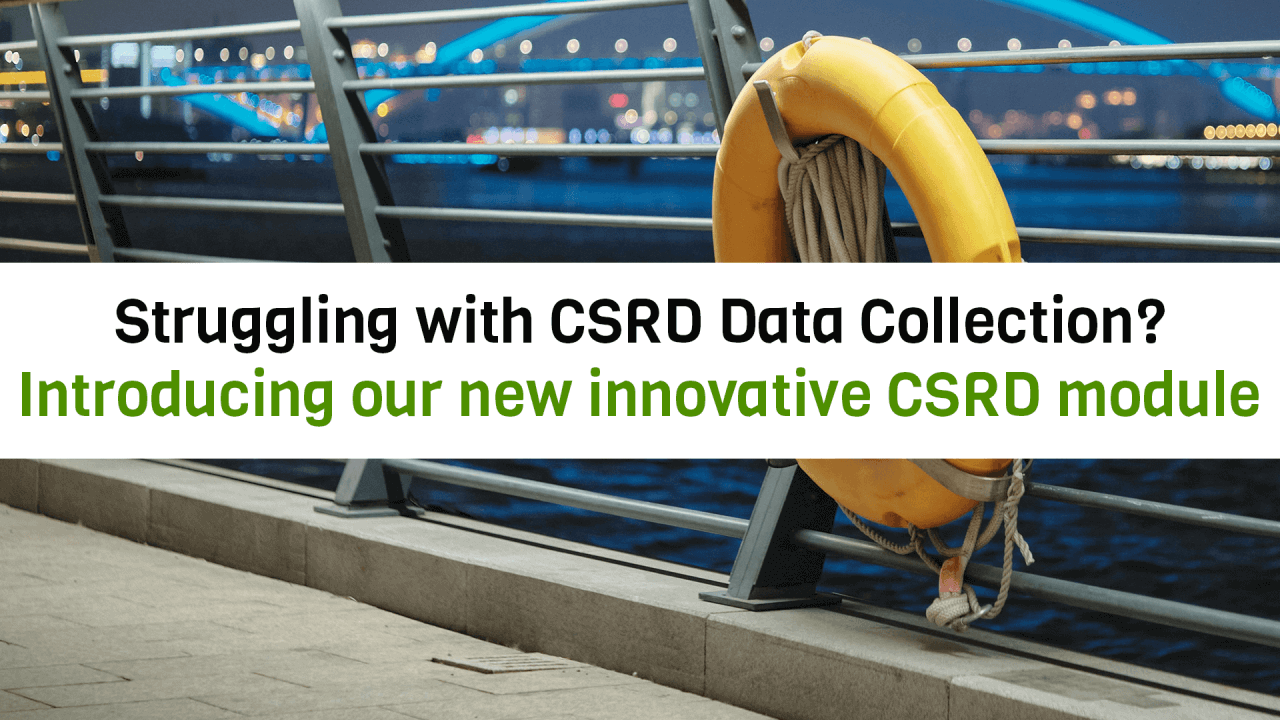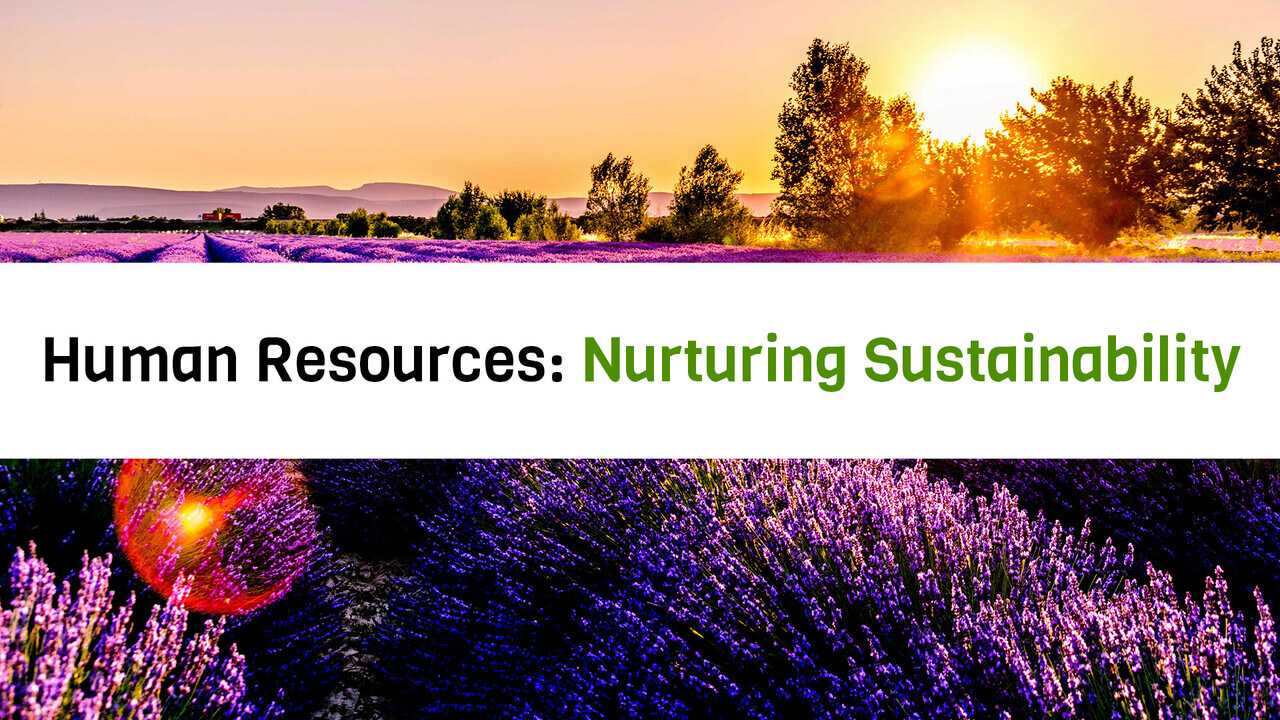
Why dealing with packaging waste can lead to a value chain overhaul… and why that’s a good thing.
Montreal,
Sept 15th, 2020
Over 2.5 billion cardboard coffee cups are disposed of in landfill every year. Of these, only 0.25% are recycled properly. In our Taken-To-Go culture which values morning coffee runs, the average Canadian consumes 643 cups of coffee per year.
Currently, polyethylene (PE)-coated cardboard cups, which are not recyclable or compostable due to lack of scalable technology to separate the plastic from the paper exterior, are most commonly used. The vast majority of these cups go straight to landfill.
However, another option exists. The Poly Lactic Acid (PLA)-coated cardboard cup, which is compostable and made with the same manufacturing equipment as the PE-coated cup, costs only $0.03 USD more than the PE-coated cup.
If we switched from PE-coated cups to PLA-coated cups, Canada could divert 38,139 tones of landfill per year. But we haven’t, and we don’t. Why? Though differently produced, PLA-coated cups must be industrially composted in order to be recycled. Most municipalities lack this infrastructure in each waste management district.
When it comes to waste management, the solution is never as simple as a single switch in supply or a lone bolt tightened along the supply chain. Waste management involves a choreographed performance between all the producers, service suppliers, distributors, collectors and even the consumer in the lifecycle of the product and its’ packaging. This is a systemic value chain issue.
Consider this: If a company produces a perfectly recyclable package from efficiently recycled (or reused, in the case of glass bottles) materials, ships the product in a circular economy supply chain model, and even provides rebates to its distributors as incentive to collect the material at end of life, the destiny of the product and its’ packaging still sits with the consumer.
Companies seeking to improve their waste management need not only to consider the production of their product, but equally, the end-of-life path that product and its’ packaging take to be re-integrated sustainably into our environment.
When taken in bite-size pieces, waste management supply chain challenges are not only manageable, but have the potential to change our experience of the natural world. Solutions such as algae-based “plastics”, and circular packaging providers such as Loop by TerraCycle have popped up in the last few years. Innovative packaging using pressed leaves and grasses have the potential to out-perform our chemically-based plastics both in cost and scale.
When it comes to value chain integration, SaaS providers using blockchain or other tracking technology can support the development of lifecycle management of a company’s product and packaging.
End-of-life supply chain management requires consideration of actors at all levels of involvement in the waste management cycle. These can include developing sorting and collection awareness among consumers, partnering with municipalities to install separate waste receptacles, or working with third party vendors to ensure waste is collected, sorted, and recycled appropriately.
Packaging and end-of-life waste management is an area rife for innovation, partnership, and cost reduction. Companies who embark on this worthwhile process will be met with substantive returns.


